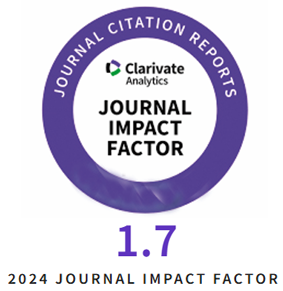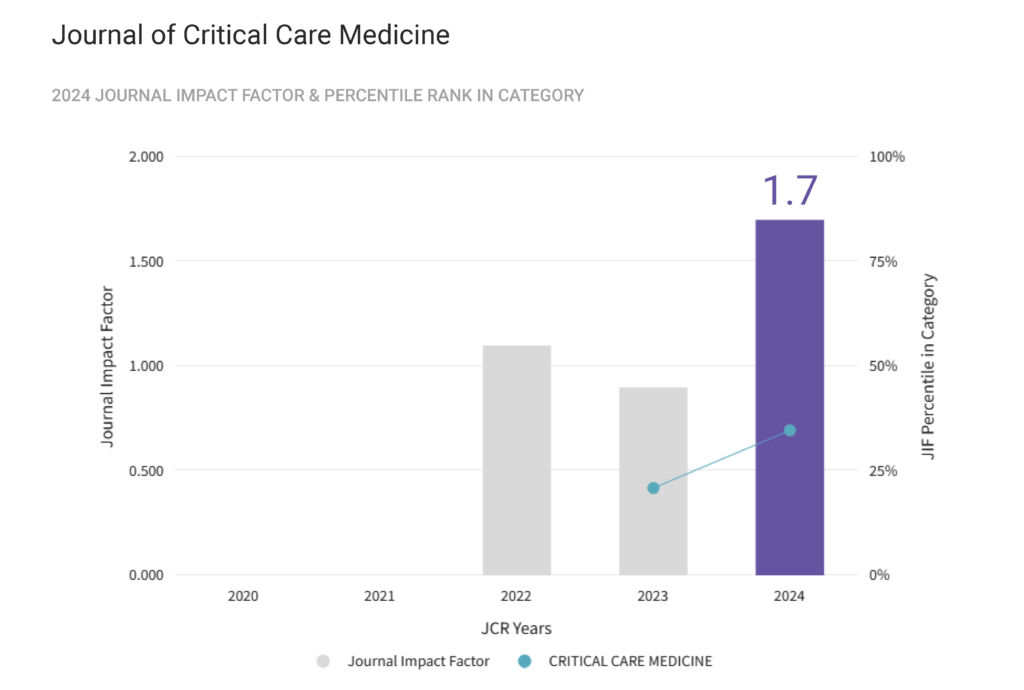Patient oxygenation significantly impacts clinical outcomes, and continuous monitoring is essential, especially in critical care settings where hypoxia is the leading cause of mortality. PFR (PaO2/FiO2 ratio or P/F ratio) is an invasive method for measuring oxygenation requiring arterial blood gas (ABG) sampling, however it carries complications making non-invasive methods more desirable. SFR (SpO2/FiO2 ratio or S/F ratio), a non-invasive tool based on pulse oximetry, provides a cost-effective and rapid way to monitor oxygenation status, especially in settings where advanced methods are unavailable. A total of 575 articles were screened from databases including Web of Science, Scopus, PubMed, and CINAHL, with 32 articles meeting the inclusion criteria for this scoping review wherein SFR was used as a surrogate for PFR and a diagnostic tool for acute lung injury and ARDS. A total of 81,637 patient records were analyzed, including ABG values, pulse oximetry readings, mechanical ventilator settings, and patient diagnoses. The study population included adults, pediatric patients, and neonates admitted to critical care units, with common diagnoses including acute hypoxemic respiratory failure, ARDS, and COVID-19. In the context of COVID-19, SFR was used to predict the need for mechanical ventilation, with a cut-off of 300 indicating a threshold for imminent ventilation requirement. The studies demonstrated statistically significant sensitivity and specificity for SFR, highlighting its utility as a non-invasive tool for assessing oxygenation status. SFR has shown potential as a reliable non-invasive surrogate for determining oxygenation status across all populations.
Category Archives: JCCM 2025, Vol. 11, Issue 3
Transient systolic anterior motion in a patient with junctional rhythm in the intensive care unit
Systolic anterior motion (SAM) of the mitral valve refers to the unusual movement of the anterior and sometimes the posterior mitral valve leaflets toward the left ventricular outflow tract (LVOT) during systole. This phenomenon is most frequently associated with the asymmetric septal variant of hypertrophic cardiomyopathy (HCM), but it can also occur in conditions like acute myocardial infarction, diabetes mellitus, hypertensive heart disease, after mitral valve repair, and even in asymptomatic individuals during dobutamine stress tests. We present a case of transient SAM induced by a junctional rhythm along with high doses of dobutamine and nitroglycerin in an intensive care unit (ICU) setting. Transesophageal echocardiography (TEE) played a crucial role in detecting SAM and showed that transitioning from a junctional rhythm to a ventricular paced rhythm led to an improvement in the SAM condition.
Comparative assessment of hemodynamic changes and outcomes in ventilator weaning
Introduction: Mechanical ventilation is fundamental for the management of critically ill patients. The mode of mechanical ventilation may impact the patient in different ways. This study aimed to assess the hemodynamic changes occurring when transitioning between Volume-Controlled Ventilation (VCV) to Variable Pressure Support (VPS) and VCV to Pressure Support (PS) by echocardiography. Also, a comparison between the spontaneous breathing modes in terms of outcomes, specifically, weaning of mechanical ventilation, days on a ventilator, hospital days, and survival, was conducted.
Methods: This prospective observational study was conducted on 40 mechanically ventilated patients who showed readiness for weaning from Mechanical ventilation. When transitioning between VCV and VPS in arm A and from VCV to PS in arm B, an echocardiographic assessment (transesophageal echocardiography and transthoracic echocardiography) was performed. Both modes were further compared in terms of weaning and the success of liberation from mechanical ventilation.
Results: By comparing both arms, there was a significant difference in velocity time integral (VTI) and stroke volume (SV) for TEE and TTE with p-values of 0.044, 0.022, and 0.05, 0.059, respectively. Also, the cardiac output (CO) showed a statistically significant difference between both arms with a p-value of 0.04. On the other side, there was no statistically significant difference between both arms in terms of ventilator days (p-value of 0.88), length of stay (p-value of 0.651), weaning trial success (p-value of 0.525), and survival rate (p-value of 0.525).
Conclusion: The study showed that VPS is a promising modality that can be used in place of PS as a weaning mode. It provides better patient comfort and a more physiological way of breath delivery. The study also concluded that TTE and TEE will show similar results in most patients and that both can be used interchangeably.










